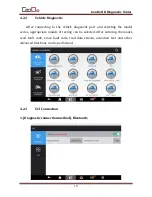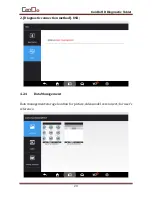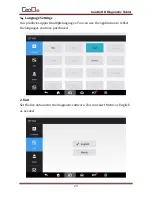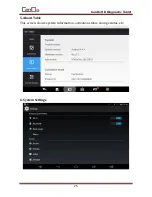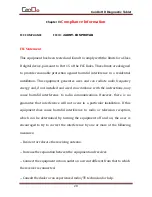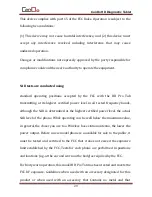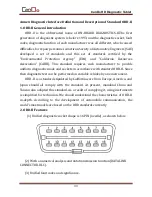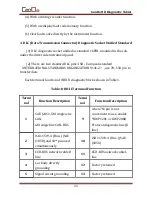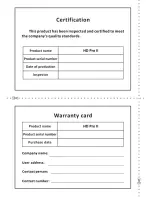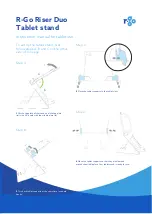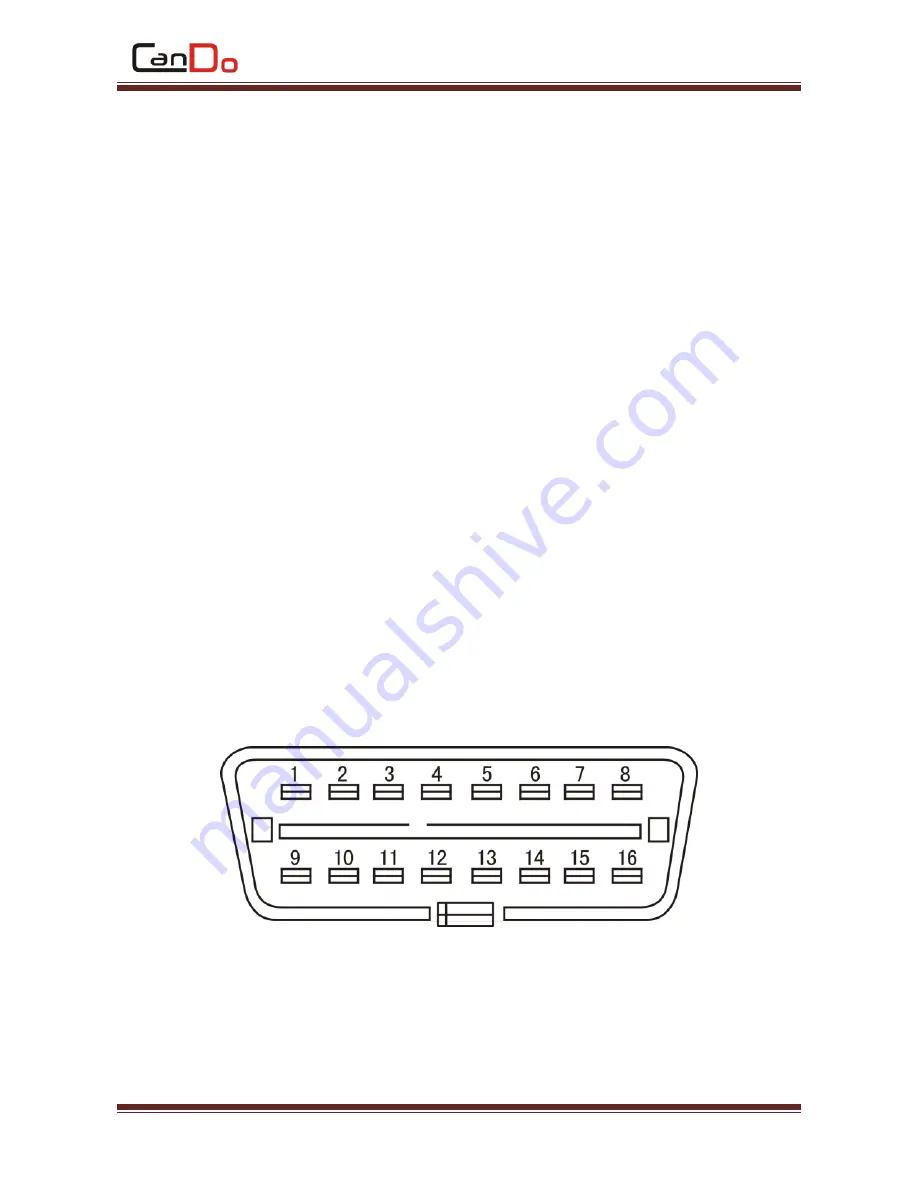
CanDo HD Diagnostic Tablet
33
Annex: Diagnostic Interface Definition and Description of Standard OBD-II
1. OBD-II General Introduction
OBD-II is the abbreviated name of ON-BOARD DIAGNOSTICS-II.The first
generation of diagnostic system is before 1993, and the diagnostic socket, fault
codes, diagnostic function of each manufacturer was all different, which caused
difficulties for repair personnel. American Society of Automotive Engineers (SAE)
developed a set of standards and this set of standards certified by the
"Environmental Protection Agency" (EPA) and "California Resources
Association" (CARB). This standard requires each manufacturer to provide
uniform diagnostic mode and sockets in accordance with standard OBD-II. Since
then diagnostic test can be performed on variable vehicles by one instrument.
OBD-II is a standard stipulated by California,cars from Europe, America, and
Japan should all comply with the standard. At present, mainland China and
Taiwan also adopted this standard. As a result of complying it, using instruments
is simplified for technician. We should understand the characteristics of OBD-II
in-depth. According to the development of automobile communication, the
world's most models are based on the OBD standards currently
2. OBD-II Features
(1) Unified diagnostic socket shape is 16 PIN (needle), as shown below.
(2) With a numerical analysis and data transmission function(DATA LINK
CONNECTOR-DLC).
(3) Unified fault codes and significance.

